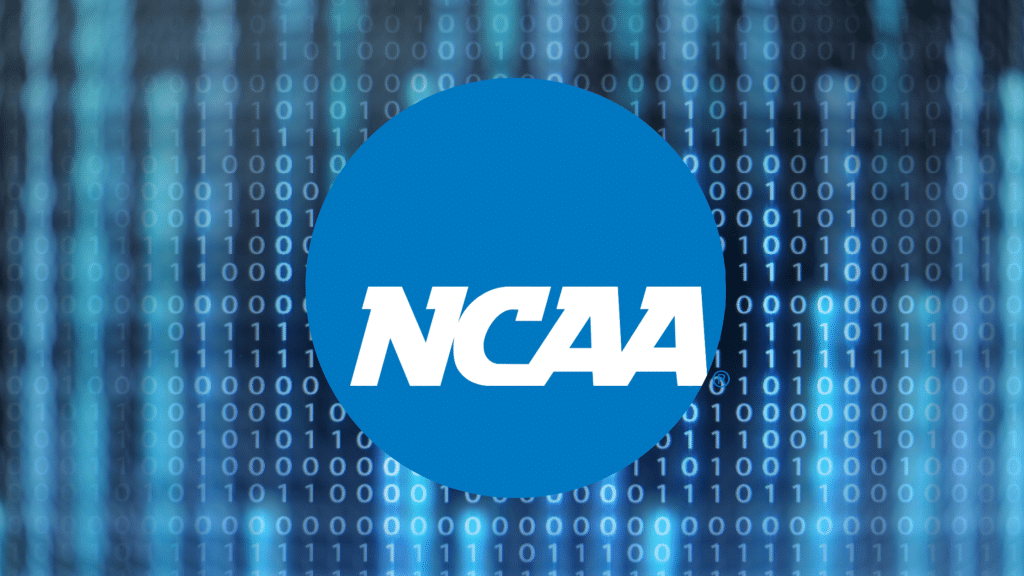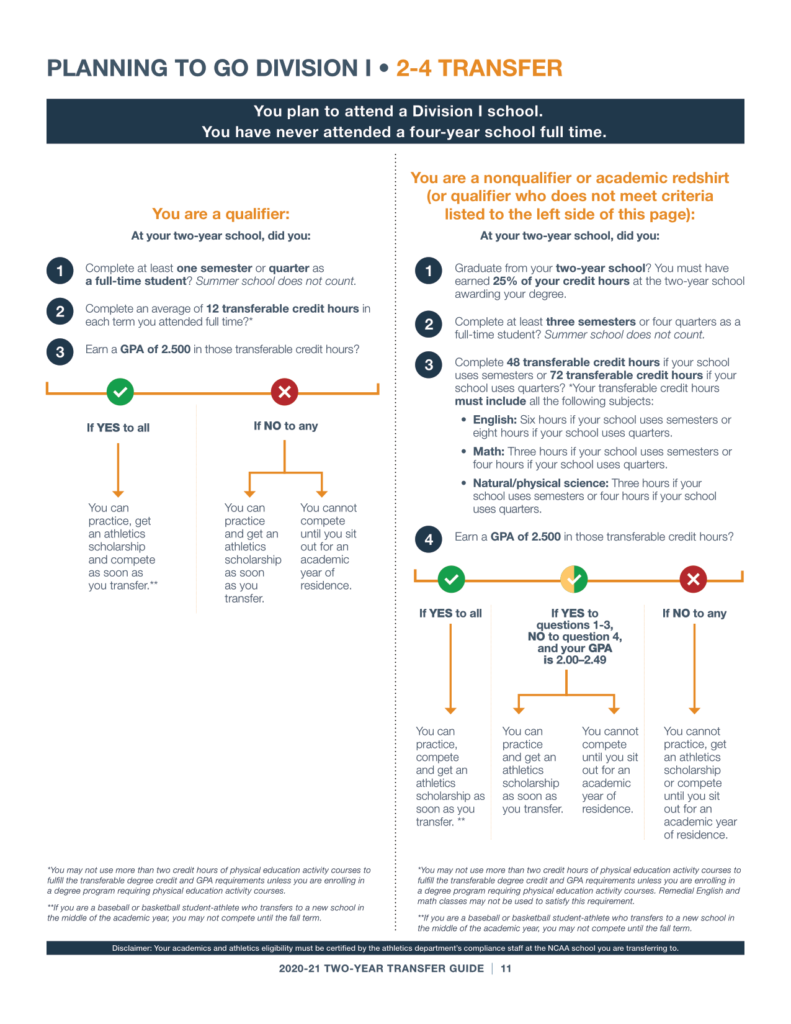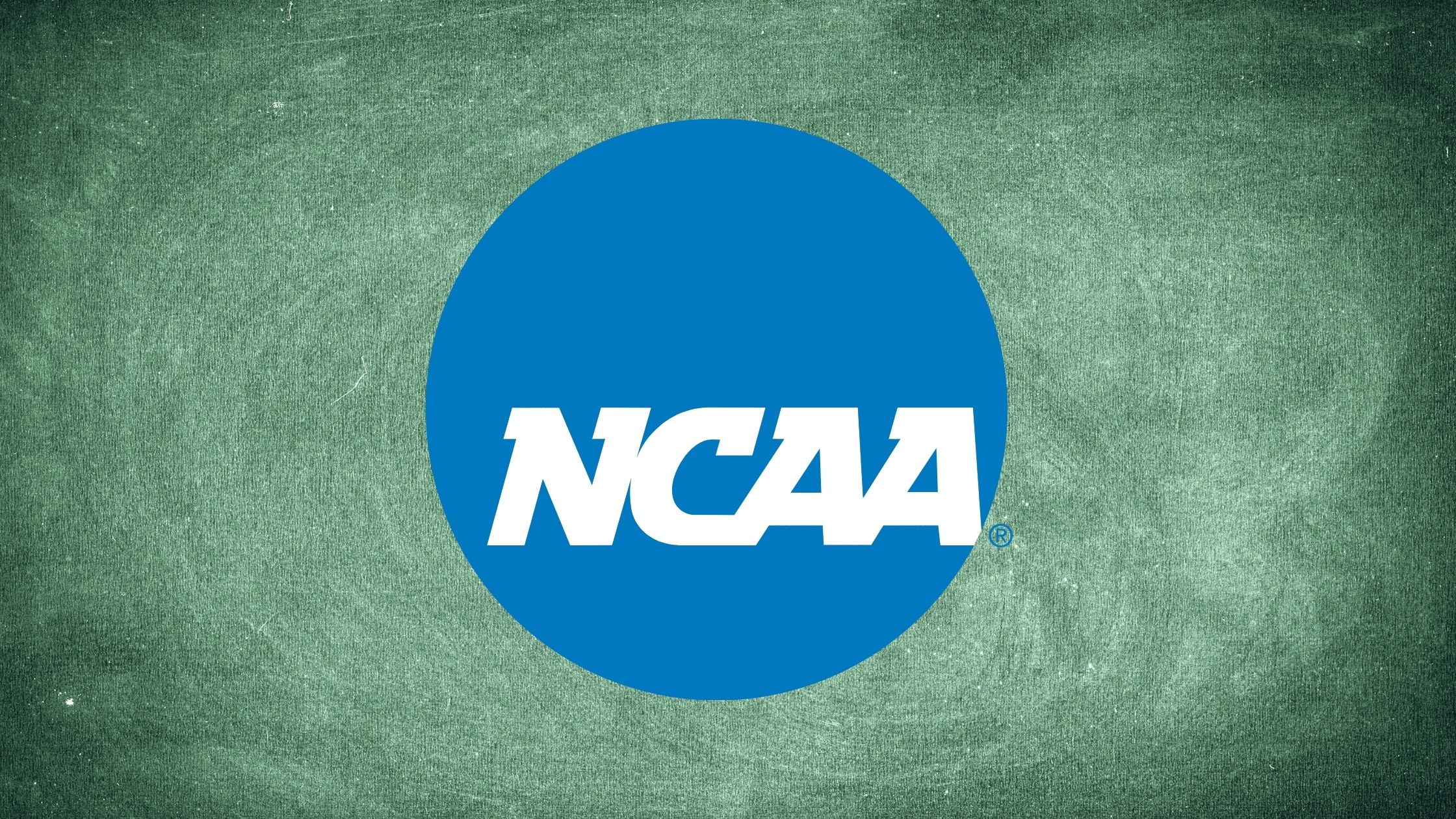Need to Know: NCAA Rules for 2 – 4 Transfer Students
Updated on Aug 8, 2023

Are you currently a student-athlete attending a two-year college (commonly referred to as a JUCO, junior college, or community college) and wondering what you need to complete before transferring to an NCAA four-year school?
Honest Game outlined the steps student-athletes need to know before entering the NCAA Transfer Portal, now we will discuss how to plan in advance for the transition, especially for student-athletes transferring to NCAA schools from two-year institutions.
Because recruiting from the JUCO division can happen very late in the process, decisions are often made quickly and being able to articulate your transfer and eligibility status to college coaches will increase your chances of landing at a four-year school.
Honest Game has previously reviewed the benefits for student-athletes beginning their college playing careers at the JUCO level, now let’s start paving the way for your transition from JUCO to a four-year school as a 2 – 4 Transfer student-athlete.
The first question is, are you considered a “transfer student”? This might sound easy, however, some students are not defined as an actual transfer student because they didn’t “trigger transfer status” by completing one of the following steps:
- Were you a full-time student at a two or four-year school during a regular academic term?
- Did you practice or compete with a college team (even if you were not enrolled full-time and practiced before school started)?
- Did you receive athletic aid while attending summer school?
- Did you receive aid while attending an NCAA DI school during the summer?
If you answered NO to ALL of the questions above, you can enroll at a two or four-year school under the regular NCAA Initial Eligibility and Amateurism rules. Learn more about the NCAA rules and requirements you will need to meet in order to be academically eligible to compete.
If you answered YES to ANY of the questions above, you are considered a transfer student, which means you’ve triggered transfer status. Once you’ve been deemed a transfer, you will need to follow a specific set of rules to compete at an NCAA school. The next step is to confirm what kind of NCAA account (Profile Page or Certification Account), you may have created in the past.
NCAA Eligibility Center Registration
All students looking to complete at an NCAA Division I (DI) or Division II (DII) four-year school will need to register for an NCAA Academic and Amateurism Certification Account. If you don’t have an NCAA account, now is the time to create one.
If you have already created a free NCAA Profile Page, you will need to transfer your page to an Academic and Amateurism Certification Account. Once you have a paid or fee-waived Certification Account, you must be added by the four-year school’s Compliance Department to their Institutional Request List (IRL).
Honest Game Insight: Make sure your NCAA Account is completed (including payment or fee waiver) and know your NCAA ID number. If you do not register with the NCAA Eligibility Center, the four-year school will use a nonqualifier status as a default and you will be held to tougher transfer requirements, limiting your ability to transfer before graduating from the two-year school.
Having a complete NCAA Certification Account also makes it easier for college coaches to get you on their school’s IRL.
Did you know that you can be added to multiple school’s IRL, but can only sign your National Letter of Intent (NLI) with one school?
What’s Your Initial Eligibility Status (Out of High School)
Your initial eligibility out of high school is a VERY important piece of your 2 – 4 transfer puzzle because your initial eligibility status determines:
- How much time you need to spend at your JUCO
- How many classes you need to pass
- The types of classes you need to take at the JUCO
- Whether you need to graduate from the JUCO to gain eligibility at the four-year school
Based on your high school courses, grades and test scores, the NCAA will deem you one of the following:
- Qualifier: eligible to practice, compete and receive an athletic scholarship during the first year at a DI or DII school
- Nonqualifier: not eligible to practice, compete or receive an athletic scholarship during the first year at a DI or DII school
- Academic Redshirt (DI only): eligible to practice and receive an athletic scholarship in the first term at a DI school, but not eligible to compete
- Partial Qualifier (DII only): eligible to practice and receive an athletic scholarship at a DII school, but not eligible to compete in your first year
Honest Game Insight: If you are deemed a nonqualifier out of high school and leave your two-year school without meeting all of the requirements, you will not be eligible to compete right away at a four-year school.
Your initial eligibility status will dictate your transfer timeline and opportunities. Most student-athletes have a limited amount of time available to compete at a four-year school and sitting out additional years due to not being eligible can create a disheartening experience.
Following the rules and knowing your requirements will allow you to compete right away at your four-year school and enjoy the sport you love. Find the NCAA chart below for student-athletes that are planning to transfer to an NCAA DI school and have never attended a four-year school in the past.
Additional information can be found pages 11-13 in the NCAA Guide for Two-Year Transfers for Student-Athletes at Two-Year Colleges for the specific requirements that apply to multiple scenarios for student-athletes.
What is the NCAA Eligibility Clock?
Counting how long it has been since you graduated high school and how much time you’ve spent enrolled in a college will determine how many seasons of competition you have left on your “eligibility clock.” When competing at an NCAA DI school, you have five calendar years to play four seasons of competition. Your five year clock begins ticking as soon as you enroll full time at a two-year JUCO or traditional four-year school.
Your clock will continue to tick, even while you are A.) serving your “academic year of residence” due to transferring ineligible, B.) redshirting, C.) not attending, or D.) enrolling part-time during your college career.
If you compete at a DII or DIII school, you have 10 full-time semesters to play four seasons of competition. One semester of eligibility is used when you attend a two-year or four-year school as a full-time student or when you enroll part-time and compete for a team. For DII and DIII schools, you do NOT use up a semester if you are not enrolled or attend school part-time without competing.
Do you play basketball or baseball? JUCO students transferring to a four-year school midyear (start of winter or spring term) can not be eligible to play right away and must wait to compete until the following fall term.
Transferring Your Credits – How to Apply Previous Credits to Your New School
Not only should you find a school where you can study your major of choice, you will also need to determine if the credits obtained while at the two-year school will transfer and be degree applicable to the major at your new school.
Honest Game Insight: Some colleges will not accept all courses from a two-year school towards major classes, and other four-year schools have a limit on the number of courses in total that can be transferred into the school.
Students must have passed at least 6 credits in the term before they transfer and depending on the year in school, 18 credits between fall, winter and spring terms prior to transferring.
Additionally, student-athletes who begin their junior year (5th semester) must have 40% of the degree completed at their new school upon entry. That means roughly 48 credits from your first school must be directly transferable and degree applicable to your major at your new school.
Many schools also have transfer rules that only allow grades of C or higher to transfer, and thus students usually lose credits during transfer. Additionally, you should investigate if you can be accepted into the major you want at your new school. These are usually pieces of the puzzle that may not be directly answered until students are ready to enroll at their new school and released from their previous school.
At some schools there is a limit in the number of transfer credits they accept. For those transfer student-athletes entering a new school in their senior year (7th semester), they will need to bring in 72 applicable credits of C or higher at most schools to be eligible. Unfortunately, some universities have transfer caps that don’t allow for this possibility, and even if you have a 4.0 GPA, you can not transfer and be eligible.
Make a point to speak with Admissions or Academic Advisors at the new school to review your current credits. These professionals can offer a Preliminary Transfer Evaluation of your previous classes and provide insight to your specific situation.
Additionally, because JUCO transfer decisions and offers from colleges occur late in the year, some students may have missed deadlines to apply to the four-year school. Start your research early and be aware of admissions deadlines and program requirements. Meeting the NCAA transfer rules does not guarantee you will be admitted to a new school.
Determining College Fit
One recruiting piece that will benefit two-year transfers is that the number of recruiting visits starts over and you can visit additional schools that you might not have visited in high school when first examining your college fit. Measuring your athletic ability after your time at your two-year school is crucial. Your time is limited upon transfer and you should go where you can play right away. Some 2-4 transfer student-athletes decide to sign with a school because of the allure of the big name or the playing caliber of the team. However, deciding on the school might not be your best bet if you have to wait for playing time.
Remember, DI is not the only destination for sports after high school. NCAA DII and DIII programs can offer a rich experience for student-athletes to compete and earn a college degree. Learn more about why more than 195,000 student-athletes choose to compete at the DIII level in the Honest Game blog, “Is NCAA DIII for Me?”.
Still have questions about the 2-4 transfer process? Honest Game Counselors are available to provide one-on-one assistance to support student-athletes in navigating post-secondary opportunities athletically and academically. Schedule a time to meet virtually with our experts.

As a former Senior Associate Athletic Director at the NCAA Division I level and with more than 20 years of experience in collegiate athletics, Courtney has advised thousands of student-athletes through the college recruiting and eligibility process for college sports. Interested in virtual counseling with Courtney? Sign up here.



